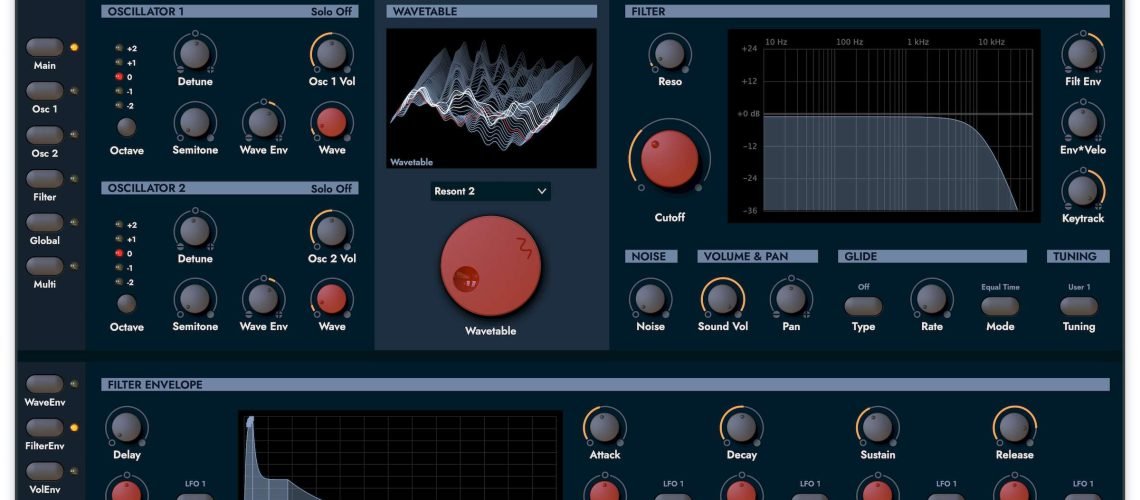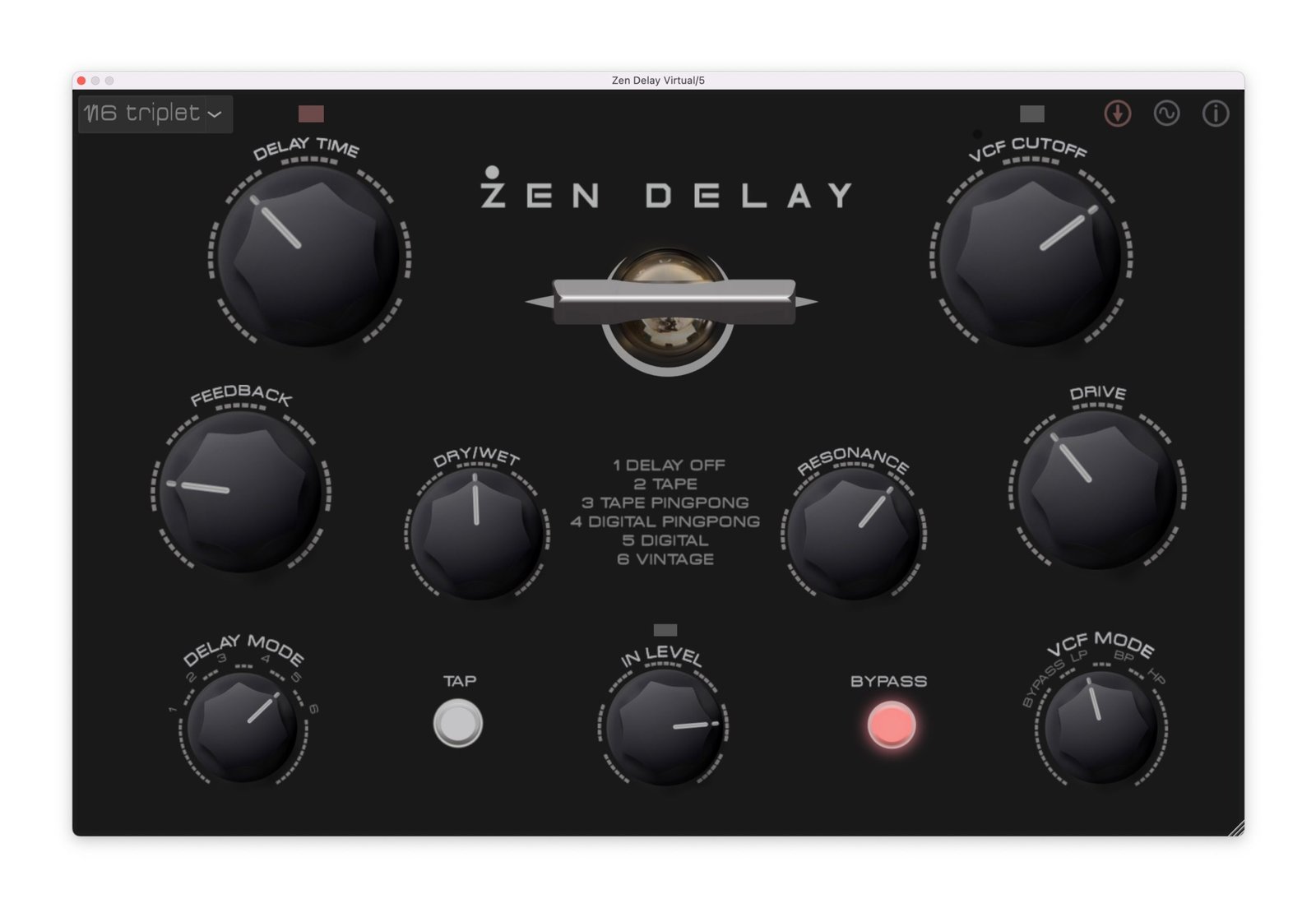1989’s Waldorf Microwave is about to hit your DAW. And this isn’t just another plug-in emulation of some vintage gear. Waldorf has gone to great lengths to reproduce both the analog and digital sides of the original – and even built software that can act as an editor if you do have the original hardware.
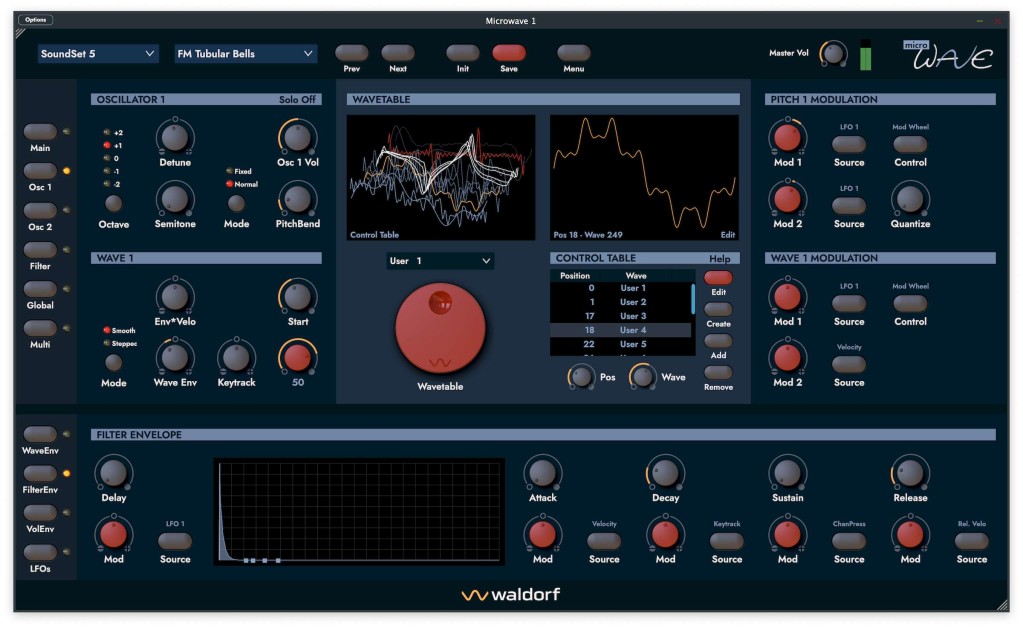
Let’s assume you don’t know or particularly care about the original Microwave (aka Microwave 1, to differentiate it from the less-loved Microwave II). That’s okay: think about lush synth sounds and a combination of digital wavetables and analog filters.
The wavetable synth, as we now know it, owes its lineage in no small part to PPG (Palm Products GmbH). Waldorf picked up the employees and tech, and the Microwave was the result.
The Microwave is an ingenious instrument trapped in an absolutely tragic interface design. Waldorf got precisely one thing right – a big, beautiful red knob that makes the hardware unmistakable (albeit in the same way Rudolph the Red-Nosed Reindeer is unmistkable). But they also caught the worst trend of the time: eliminating all onboard controls and making every instrument impossible to edit.
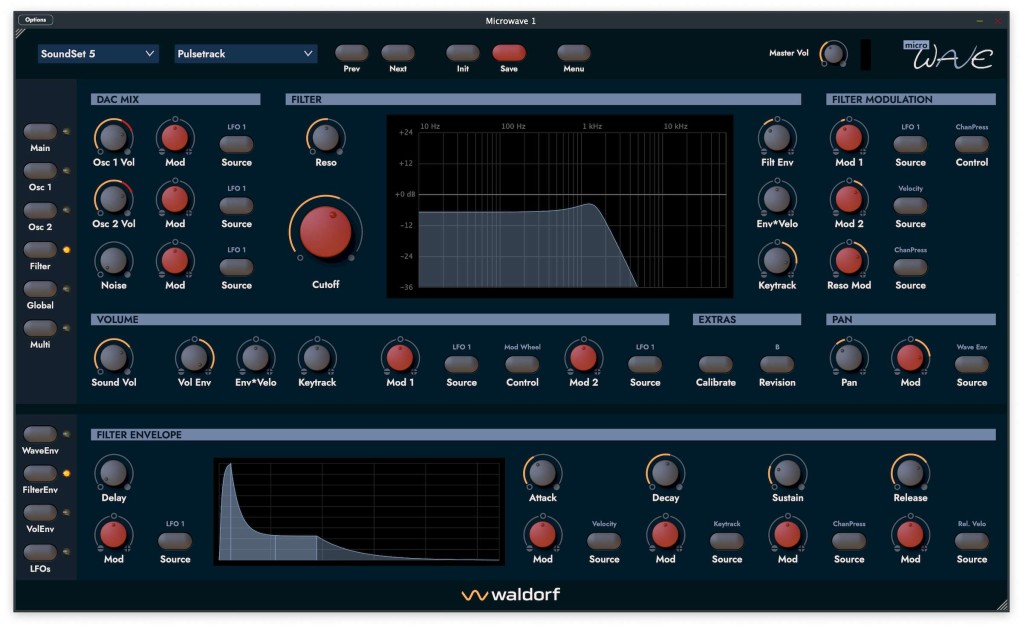
The Microwave 1 plug-in is giving Waldorf the chance to make everything right again. The software interface isn’t ground-breaking on its own, but it does give you access to every parameter. It’s not all arrays of knobs, either: you get visualizations of wavetables, envelopes, and filter response curves. You can even directly edit wavetables.
They’ve also taken an obsessive approach to authenticity. On the digital side, they run the internal synthesis engine at 250 kHz, just like the original. They’ve also included exact 1:1 versions of the digital wavetables – which, with that engine, they should be able to do. And they say they even rebuilt the “digital noise .. with all its wonderful artifacts.”
Digital synths still use digital-to-analog converters, so in this case Waldorf says they’ve exactly modeled the DACs, too, “with their non-linearities and tone shaping color.” Then you have models of the Curtis analog filters, as used on revisions A and B on the hardware. And they’ve added extra options for extra detuning and recalibrating.
The amount of detail here is unusual, in this day of “well it looks like the original sort of” recreations:
- Full support for original MIDI and SysEx dump file import
- Use the hardware as a graphical editor for the original hardware
- All the original factory single and multi-mode sounds (plus lots of new presets on top)
- Edit original wavetables
- Create your own user wavetables
Just as on the original, there’s no effects section – but it’s a plug-in, so you’ll probably find some effects.
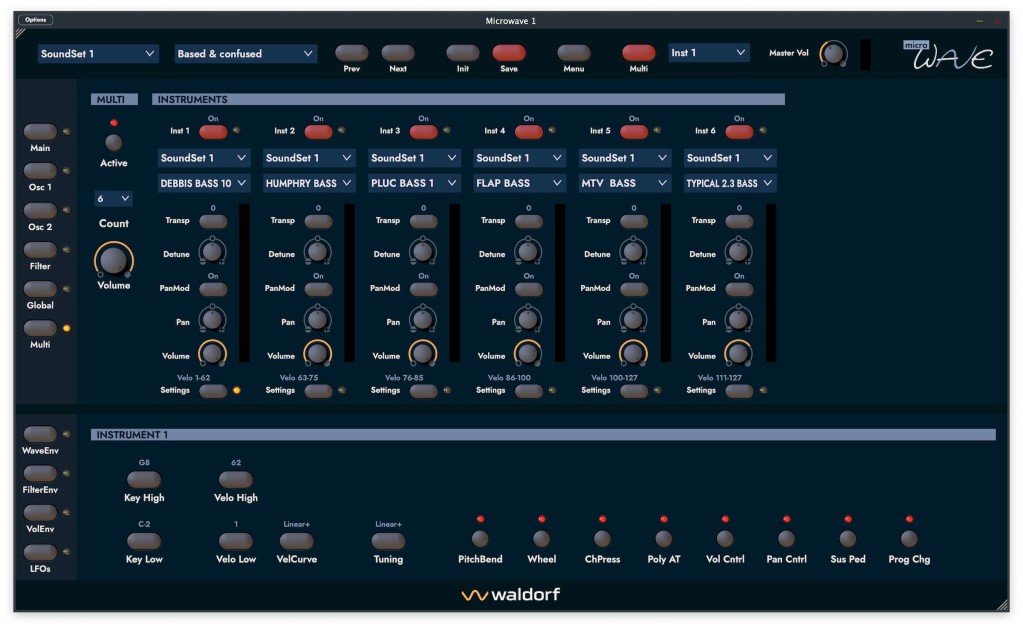
And the team is telling, too – Axel Hartmann did the design here, with development by Rolf Woehrmann and Lucas Chaumeny. (Wolfgang Palm and Andreas Busse created the original hardware.)
So even without effects, you still get a full heads-up display, wavetable section with a 3D view (similar to those on recent Waldorf and Hartmann creations), wavetable oscillator section, filter section, and modulation section, and of course an on-screen recreation of that big red dial.
Extras include revision A (CEM 3389) and revision B (3387) switches for different filter characteristics, plus a detailed calibration section to model the particular characteristics of an individual hardware unit, since those could vary.
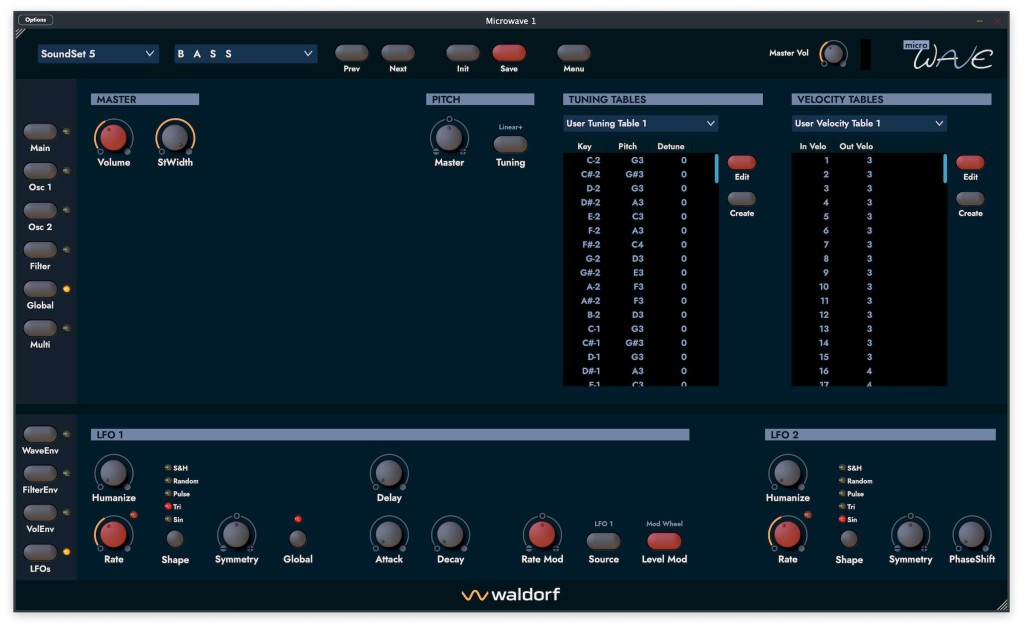
There’s also some tuning table support. It’s not what you’d find in a modern software plug-in, but as on the original, you do get 4 user-programmable tuning tables which you could use to reproduce other tunings. (That means, yeah, you could pick out four maqam implementations and go there, after yesterday’s discussion!)
You also get multis, tons of options for how the synth responds to velocity and other inputs, stereo width options (even if there are no effects), and a lot more.
And holy CEM, Wolf, this s*** sounds amazing.
No one would mistake this for a 2024 wavetable instrument, but the authenticity here looks fantastically fun even if you didn’t ever use the original. (I… did not. But that makes me even more into this.)
Honestly, for anyone who’s a fan of wavetable synths, this one looks worth a purchase for the history lesson alone.
And holy CEM, Wolf, this s*** sounds amazing.
VST, VST3, AU, AAX, macOS, Windows. Intro 119EUR (including VAT), then 149 EUR.
https://waldorfmusic.com/microwave/
